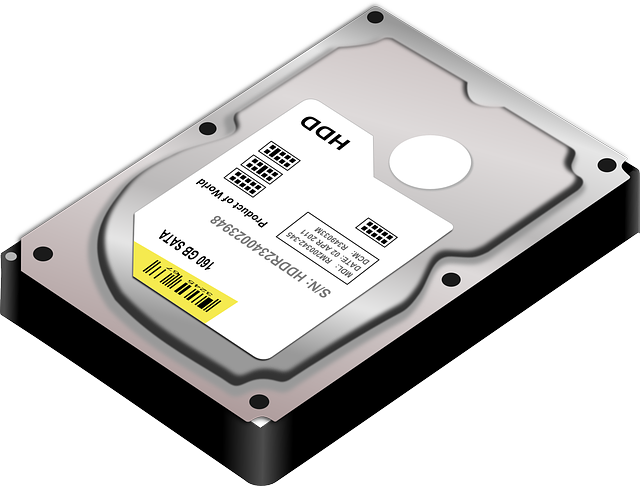Should you save your data locally or using an internet service?
There is no single right answer as every organization will have their own requirements and offer unique challenges. When deciding between the two, you must have a look at how much data you have and where your staff is accessing the data from.
On-site storage
Onsite storage means that all of your data is stored either on your office computer or a network attached storage appliance at your office. This is easy to implement and you can have as much storage as you feel like. Speed? Gigabit network interfaces have been the standard for a while now — feel free to copy data up to 125 MB/s. Wow. Storage? Plug in a couple of 4 TB drives to a network attached storage appliance. That’s enough to hold +800 DVDs.
But what-if….. What if your computer dies or your network attached storage fails? You need a backup solution, preferably one that is monitored and offsite. What if my computer gets a virus or needs updates or needs an update… Don’t share files from a user workstation. Get a network attached storage device (NAS) or use a service like our managed storage for SMB. What if the majority of my users are out of the office? Well then, onsite storage might not be the best solution for you.
Off-site or remote storage
Remote storage means that all of your data or at least an authoritative copy is provided by an internet service. Examples include Dropbox, OneDrive, Google Drive, and our Sharepoint service. Offsite storage can be further broken down to distributed and non-distributed services. Dropbox, for example, is a distributed service. Drop your file in your dropbox and it appears on other devices that have subscribed to that service. Super easy. Security is still a major concern with distributed file services such as Dropbox. Dropbox offers a remote wipe, but the device to be wiped must be online in order for it to work! Non-distributed services such as Sharepoint or other webdav services offer a single copy of a file which can be accessed over the internet.
Speed? Well this is the biggest challenge with remote storage especially non-distributed systems such as Sharepoint. Downloads can usually be accomplished at a reasonable rate, but uploads can be difficult with home/home office internet connections and large files. By large, I mean greater than 10MB or anything that would be too big to email. A 10MB file could take around 5 minutes to upload. This might be okay if you’re working with office documents but could be a major pain for graphics designers or CAD technicians.
Price is another concern. On-site storage has greater capital costs but your monthly costs can be very low. Offsite storage is the opposite. There is no or very low capital costs and then higher monthly costs. Many cloud storage providers bill by the number of users that access the storage; this is another cost that you don’t have with local storage. You’ll also have to pay depending on the amount of storage you consume.
Conclusion
All right, let’s summarize some of the strengths and weaknesses of the two:
Onsite strengths:
- Easy to implement.
- Gigabit speed (125MB/s)
- Can be made to be very secure
- Low monthly costs (can be free if you manage your own offsite backup – our offsite backup service starts at $30 per month)
- Very low price per storage size
Onsite weaknesses:
- Unless your organization is blessed with a highly available internet connection with bandwidth to spare, then remote access is going to be slow.
- You still need an offsite backup
- Some capital costs: $500 – $1000 is a reasonable amount to spend on a good network attached storage appliance.
Offsite strengths:
- Made for remote access
- Low or no capital costs
- Although a backup is still a good idea, you can choose to rely on the backups provided by the service provider
Offsite weaknesses:
- Unless you have really bad luck with hardware failing or you have very little data then offsite storage will cost you more in the long run
- You rely on an internet connection
- Much slower
- Extra costs such as per-user licensing and storage quotas
If most of your staff works in an office, then go with onsite storage. Just make sure you have at least one offsite backup! Our managed storage for SMB solution offers remote access for those users that need to access data in a pinch. Note that I said in a pinch: If staff are ALWAYS working offsite then you should consider alternatives.
If your staff are all over the place and always require access to team storage then I’d recommend either Sharepoint for a managed service, or CPanel webdav for a do-it-yourself solution. Our internet storage solutions start at only $120 per year!
